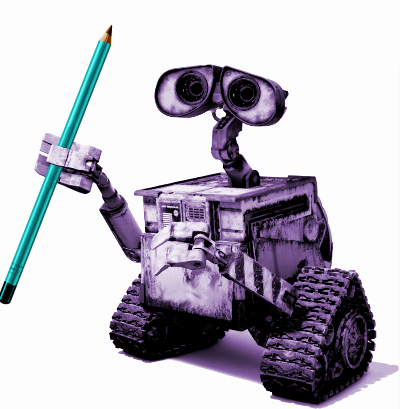Writing robots help human helpers
 Researchers in Europe are helping children learn to write by getting them to teach robots.
Researchers in Europe are helping children learn to write by getting them to teach robots.
In one test, a team watch a young girl line up plastic letters in front of a little humanoid robot.
The robot struggled to reproduce them on a tablet - especially the loop of the letter P, so the girl stepped in to help, writing out the word to show the robot how to do it.
The team at EPFL in Switzerland say that without realising it, the young girl is the one improving her writing skills.
Learning by teaching is the basis of EPFL’s new teaching tool, CoWriter, but has been a recognised principle in pedagogy for years.
When children experience difficulties in writing, they can easily lose confidence, begin to shut down, or even gradually lose interest in the learning process itself.
But when students put themselves in the place of a teacher and pass on what they know to their peers, they can regain their self-esteem and motivation.
The researchers' idea was to make a robot play the role of the peer who needs to be taught.
Scientists developed progressive writing algorithms and implemented them on an existing robot - a 58 cm tall humanoid, designed to be likeable and interact with humans.
The machine can clumsily draw words on demand, and then gradually improve.
It does this by referring to a vast database to reproduce common errors made by young children while learning.
It is also possible to program the robot so that it addresses the particular difficulties of a student, for example, by focusing in a particularly difficult letter.
The CoWriter system, still in the prototype stage, has already been used in primary school lessons with about seventy students ranging from six to eight years old, and then individually with a six year old child for one hour per week over the course of one month.
So far the EPFL team says its system has been very well received.
In coming months the researchers will conduct further studies to quantify the benefits of such a program: its effectiveness on the learning process and student progress, its ease of use for teachers and its applicability in more specialised fields such as speech therapy.








 Print
Print